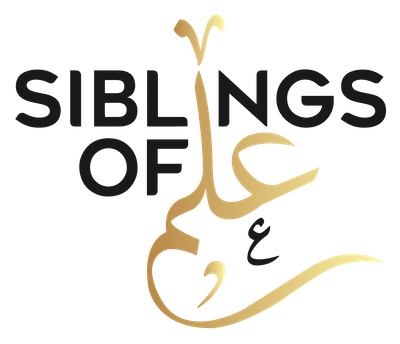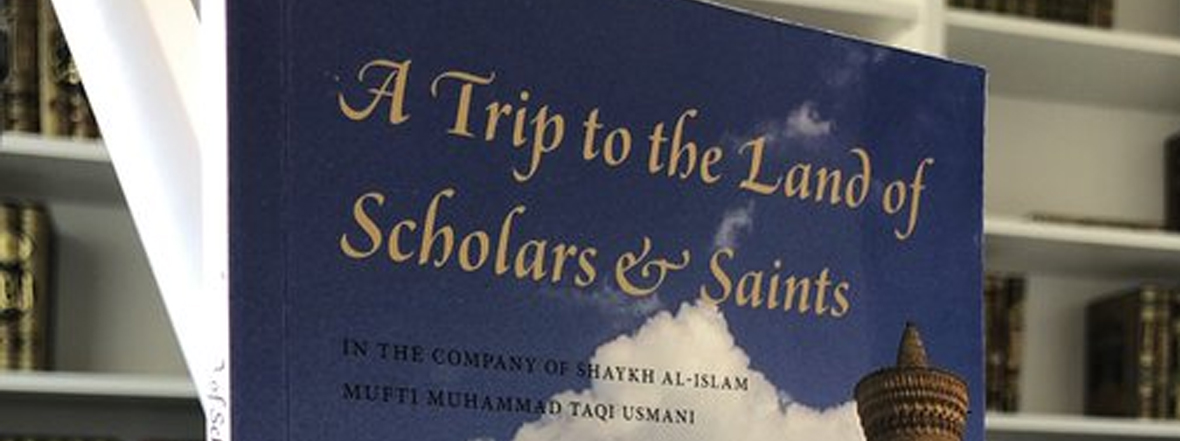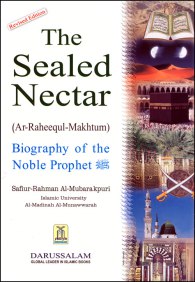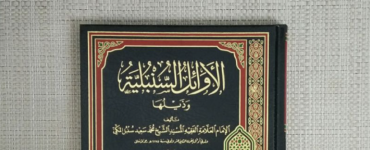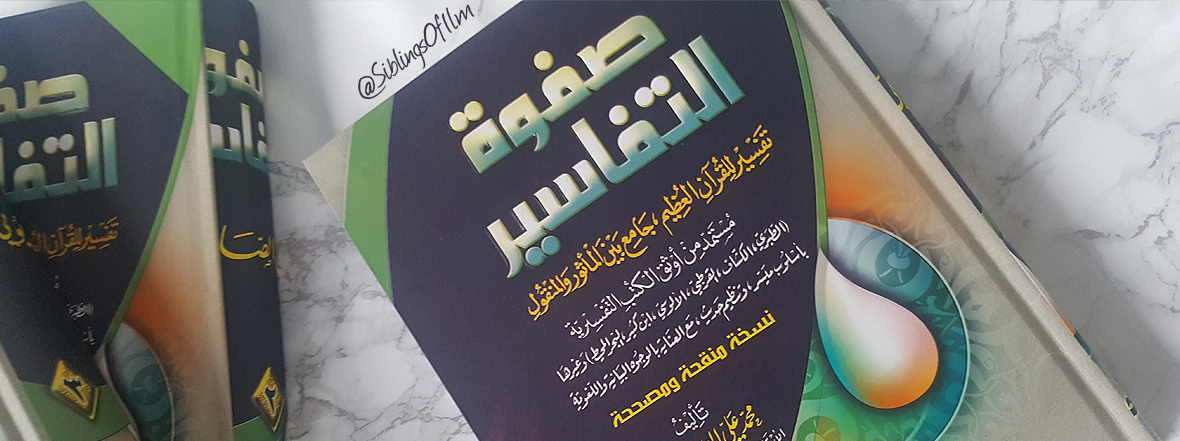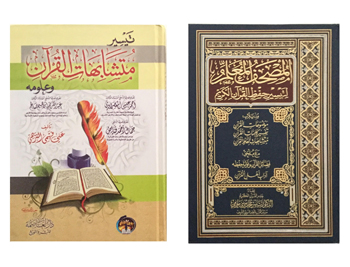Title: A Trip to the Land of Scholars & Saints
Author: Mufti Muhammad Ibn Adam al-Kawthari
Pages: 120
Publisher: Darul Iftaa
Written in lucid prose, the treatise consists of 97 pages of text (120 including photographs) on the author’s trip to Uzbekistan with Mufti Taqi Usmani, the latter’s first trip after the failed assassination attempt last year. May Allah protect him and all the scholars of Islam.
The first chapter “Introducing Uzbekistan” alone is worth the £5.99. It offers a brief overview of Uzbekistan’s history from the time before Alexander the Great to today (including the Arab conquests, the Mongol invasion, the Soviet era and everything in between). In 7 pages, the author presents a comprehensive overview that perfectly serves as the beginner’s introduction.
Tullab al-ʿilm generally know some miscellaneous facts about the history of Transoxiana (ما وراء النهر), but this introduction filled some gaps in my knowledge by presenting a complete overview of the region’s past, drawing on the books of history. In the travelogue itself, the author also draws on the accounts of living scholars native to the land.
The author also discussed briefly the changes in script that the Uzbek language underwent, from Persian to Latin to Russian and back to Latin. This reminded me of a Kazakh student at our university who wrote a dissertation on the educational impact of Anglicising the Kazakh alphabet. By their own admission, the Kazakh students at my university were not particularly religious, and it made me wonder what kind of research religious Kazakh students would conduct if they were to study Educational Leadership in the UK. However, the present work contextualises the difficulties their people went through during the Russian and Soviet eras. And the author reminds us that it is important not to judge our less-practising brothers and sisters who hail from Central Asia, as we cannot always appreciate their contexts.
The travelogue itself includes elaborate descriptions of architecture and artwork of the historical buildings in the cities the author visited (Bukhara, Samarqand, Tirmidh and Tashkent). Even though there are over 20 pages of photos at the back of the book, I still went on Google images to see a wider range of photos of the cities, buildings and rivers described in the book.
It also includes the author’s personal reflections on various topics, from the buildings they visited, the classical scholars who lived there, the people they met and also the anecdotes with his teacher, Mufti Taqi Usmani, who was the main invitee of the trip.
One such reflection was on a Qurʾanic ayah 10:107 in light of historical events (like Genghis Khan intruding a masjid during prayer time, brutally murdering the imam and fellow worshippers, only for his own children to accept Islam and pray in the same masjid). It makes the reader appreciate the ayah more deeply.
Among the points of interest in this book are that Bukhara (the place of Imam Bukhari’s birth) is spelt Buxoro in modern Uzbek, and that Tashkent (طشقند) and the historical city of Shash (home of al-Qaffal al-Shashi and others) were names of the same city. Today, it is called Tashkent, and it is the capital of Uzbekistan.
The author’s colleague offers an insightful calculation of the total distance of Imam Bukhari’s travels.
As an educationist, I could not help but take interest in the achievements of Uzbek institutes of learning today. Despite the relatively little time they have had to freely practise and teach Islam, Uzbekistan has a surprising number of institutes of higher learning. More noteworthy is the point that graduates receive a recognised qualification that allows them entry to postgraduate study at mainstream universities. As Mufti Taqi Usmani mentioned in the trip, it is crucial for Muslims to bridge the gap between the ʿulamaʾ and the professionals of various ‘secular’ fields. This can only be done by maintaining unity and collaborating.
Interestingly, the author also documents his visit to a science museum, which preserves such ancient technological tools as the astrolabe (الأسطرلاب), which was used to determine salah timings and other things. Mufti Taqi Usmani says they used it while studying astronomy and they have the instrument in Dar al-ʿUlum Karachi’s library. It is important to know that the integration of religious knowledge with science and humanities is not a new phenomenon; rather, it is deeply rooted in our tradition.
One can gauge the innovative and creative approach to education that one such institute even has a swimming pool in the complex.
The author also praised the inquisitive nature of students eager to learn. Being self-driven (talab al-ʿilm) and critical are hallmarks of the Tarbiyah model of education. If these young students indeed follow the footsteps of their forefathers Imam Tirmidhi and Imam Bukhari, Uzbekistan can quickly revive its former glory.
The institutes are actively publishing literature in Uzbek, for scholars and laypeople, including translations of the major books of hadith. The author notes that Mufti Taqi Usmani was gifted an Uzbek translation of his Islahi Khutubat. One centre prints 1000 copies of the Qurʾan on a daily basis.
Overall, the treatise is a good read, and it certainly deepens my desire to visit the country. I recommend this not only to students and graduates but also to anyone interested in history and architecture.
I thank the author for the wonderful gift, and I pray it is beneficial for others as it was for me. I hope the next travelogue is on Khurasan.
– Reviewed by: Shaykh Shahin-ur Rahman
